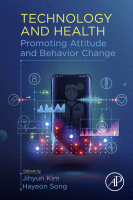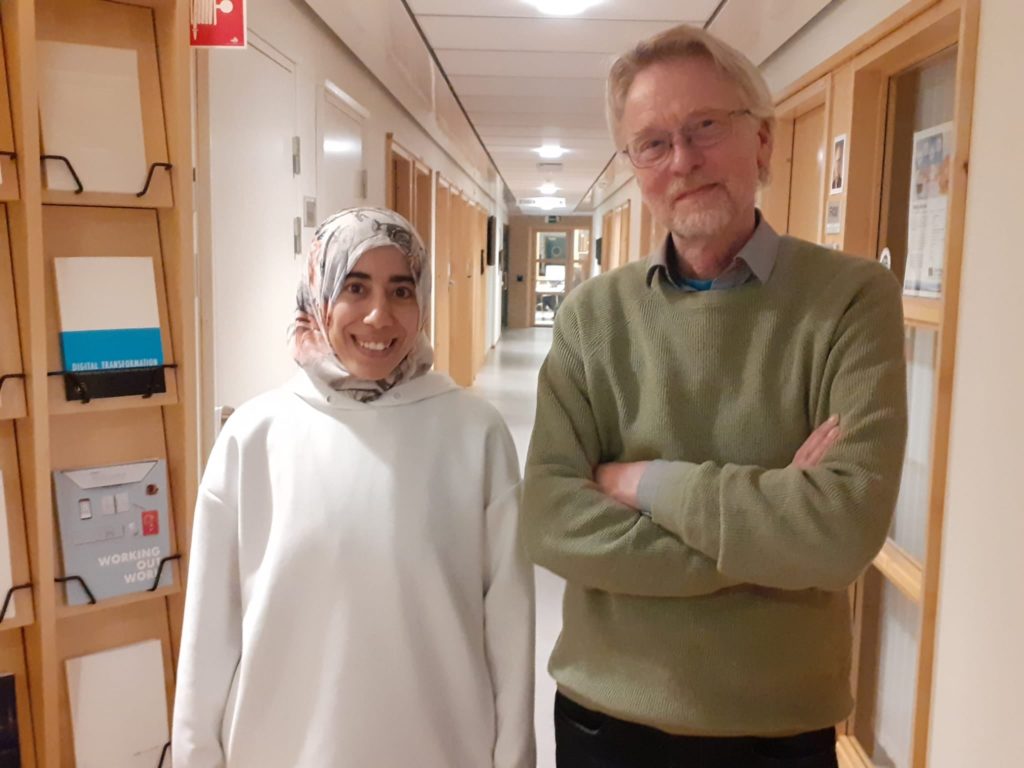John Waterworth and Ingvar Tjostheim presented the paper: “Integrating the world of presence theory: Illusion, pretence, attending, and pretending” at the 18th Conference of the International Society for Presence Research on Friday, October 23rd.
Primitive Interaction Design
Just out, this new book by Kei Hoshi and John Waterworth, in the Springer HCI Series!
Ambient interaction design in a primitive society
Session at DAPI 2020

We chaired an interesting session at the DAPI conference, which was held online, as well as co-authoring 3 of the 6 papers presented! Click on Publications for more details.
Paper on virtual tourism at (virtual) HCII 2020
Yesterday, Ingvar Tjostheim did a great job presenting our paper “Virtual Tourism in a Game Environment: Untangling Judged Affordances and Sense of Place” at the virtual version of HCII 2020 (which was to have been held in Copenhagen)!
Better Future for Healthy Ageing
This week we attended (remotely) the BFHA2020 conference in Zagreb, presenting a paper entitled: Not “the computer” but “the place”: designing and evaluating future ambient spaces for improved quality of life in the elderly.
New book chapter published by Academic Press!

Visiting PhD students finish their work with us

Somaye Rahini and Ines Ayed have been with us for the last few months, on short-term PhD studentship visits. Now they have finished their time here: Somaye has returned to the University of Teheran in Iran, and Ines will return to Palma and the University of the Balearics.
Somaye worked mostly on designing a Virtual Human Resources Development (VHRD) social network, including building an interactive prototype for testing her ideas. She also completed a paper that has now been submitted to a major journal in the area.
Ines has been developing games aimed at encouraging older people to exercise and improve their balance, using the Kinect platform. She made a set of movement games, with and without a cognitive puzzle element, investigating how this factor affects motivation and the sense of presence in the game. We are currently testing them with our Senior-IT group in Åsele.
We wish Somaye and Ines all the best for 2020 and their future careers!
New paper on meditative/restorative environments
http://umu.diva-portal.org/smash/record.jsf?language=en&pid=diva2%3A1362402&dswid=-3696
Access to leisure and wellbeing can be difficult to arrive at due to constraints in health, income, location and time. With shifting demographics ( inversion of the aging pyramid) and increasing urbanization, there is an increasingly urgent need to improve access to leisure activities, particularly for those living in crowded cities or who have limited mobility.
We propose the use of 3D capture of majestic nature scenes and their display in a therapeutic context, as an affordable way to enhance well-being and to provide care to those lacking adequate access to leisure and wellbeing. Our approach to the application of VR-based nature therapy involves immersive media interfaces employing either contemplative (mindfulness-based stress reaction – MBSR) or active (mind/body based behavioural activation) approaches, both using environmental cues salient to end-users and developed within an inclusive design paradigm. The end goal is to employ immersive virtual reality and suitably designed human-machine interfaces to allow individuals of varying ages, means and abilities to continue to enjoy an optimal level of presence and engagement in the real world to preserve quality (and perhaps quantity) of life.
New book chapter in press!
We are happy to announce the new book chapter by John Waterworth, Mark Chignell and Henry Moller, to be published next year in the edited book:
Technology and health: Promoting attitude and behavior change. Publisher: Elsevier.
The chapter is entitled: Age-sensitive wellbeing support: Design of interactive technologies that modulate internal-external attentional focus for improved cognitive balance and behavioral effectiveness.